University of Science and Technology of China Made Significant Breakthroughs in Satellite Constellation-based Quantum Communication Experiments
Time:2017-07-26
According to a recent report of the News Center of the University of Science and Technology of China (USTC), a team of scientists led by Prof. Pan Jianwei and his colleagues Peng Chengzhi and Zhang Qiang from USTC, for the first time in the world, realized a 53km free-space quantum key distribution in daylight, and through ground-based experiments, they confirmed,regardless of channel loss and noise, the feasibility of building a satellite constellation (SC)-based satellite-to-ground and inter-satellite quantum communication network. This research, titled "Long-distance free-space quantum key distribution (QKD) in daylight towards inter-satellite communication", has been published on the influential international journal Nature Photonics (doi:10.1038/nphoton.2017.116).
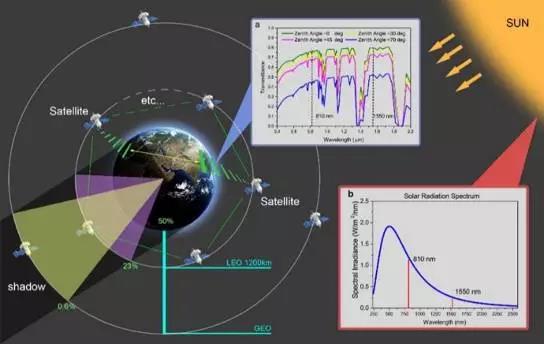
Figure 1: SC-based global quantum network
(a: Transmittance spectra from visible to near infrared light in atmosphere at selected zenith angles (the transmission efficiency is slightly higher at 1,550nm than at 800nm); b: solar radiation spectrum from visible to near infrared light (the sunlight intensity at 1,550 nm is around five times weaker than it is at 800 nm)
SC-based quantum communication is the most feasible way to build a global quantum communication network. The world's first quantum satellite "Micius" has achieved the first satellite-to-ground quantum communication, providing a reliable technological basis for the studies of wide-area quantum network and quantum communication experiments in the future. However, due to the impact of sunlight and noise, "Micius" can only work at night, so it takes at least three days for a low-Earth-orbit satellite like "Micius" to cover all ground stations across the globe.
To increase the area of coverage and improve the practical use of quantum communication, a feasible solution is to build a satellite constellation consisting of multiple quantum satellites operating in low-Earth-orbitor high-Earth-orbit, thus setting up a global real-time quantum communication network. There are two technical problems that need to be overcome in buildingsuch a satellite constellation: first, communication over long distances causes high channel loss, and the channel loss in SC-based communication is typically more than 40-45dB; second, as the height of satellite orbit increases, the possibility that the satellite is illuminated by the sun is greater. Micius, e.g. operating at a height of 500 km from the Earth, has a 68% probability of being exposed to the sunlight, while that of geosynchronous orbit (GEO) satellites with orbit heights over 36,000 km rises to 99%. In addition, background noise from the scattered sunlight is five orders of magnitude greater than the background noise during the night. To reduce the sunlight background noise, Pan Jianwei’s team has made technological breakthroughs in three aspects: there are mainly two sources of sunlight background noise, namely, direct radiation and scattered radiation. In the solar spectrum, 1,550nm is an atmospheric window where less noise is influenced by scattering. Considering this feature, the team chose a working wavelength of 1,550nm and optimized the optical system, which reduced the noise by one order of magnitude; the team also developed up-conversion single-photon detectors (SPD), and realized narrow filtering while maintaining the high efficiency of single photon detection, thus reducing the noise by two orders of magnitude; the team also used a single mode fiber (SMF) to couple the single photons, and realized highly-efficient coupling and a spatial filter with a narrow field of view (NFOV), so the noise was reduced by two orders of magnitude.
With the integrated application of the above technologies, the scientists conducted a QKD field test between two locations distancing 53km across Qinghai Lake in daytime. The experiment showed with a 48 dB loss channel (greater than that of satellite-to-ground loss and inter-satellite loss), the error rate of signal state was ~1.65% and the key rate reached ~150 bps. The work proves the feasibility of satellite-to-ground and inter-satellite QKD in the daylight, laying a solid technological ground for further steps towards a SC-based quantum communication network.
Reviewers of Nature Photonics commended the research as one that "addresses an important challenge for day-time operation of free-space QKD" and "a remarkable achievement".

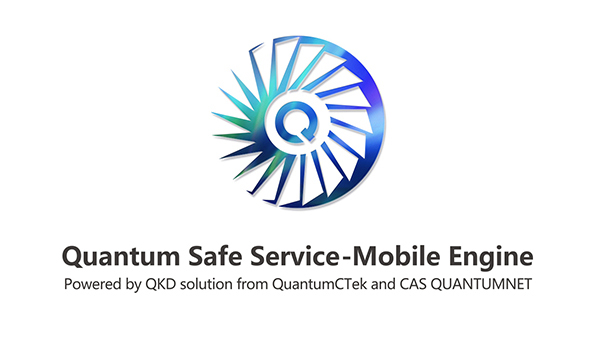 More
More
 More
More
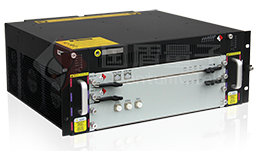 More
More
 More
More
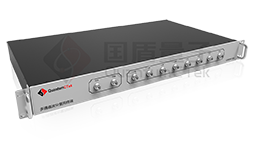 More
More
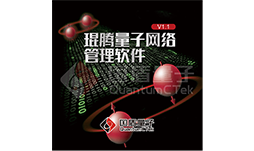 More
More
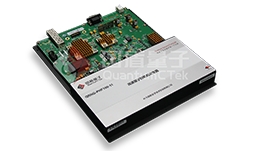 More
More
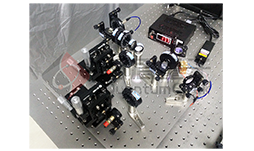 More
More
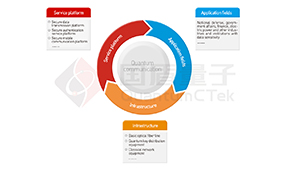 more
more
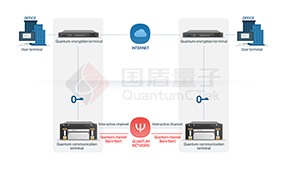 more
more
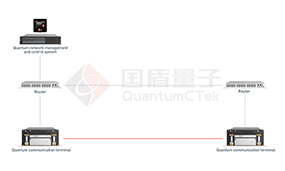 more
more
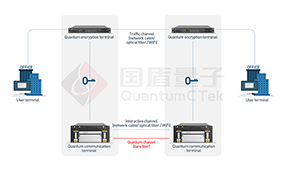 more
more
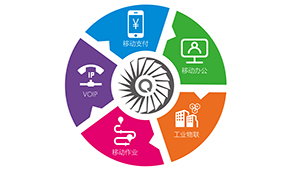 more
more
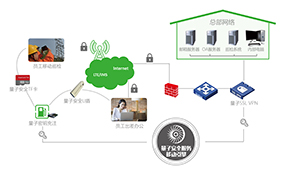 more
more
 more
more
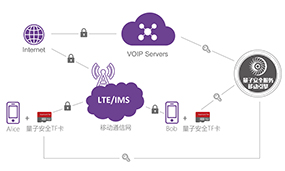 more
more
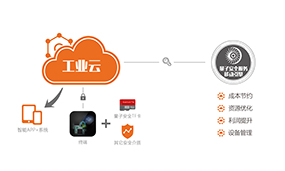 more
more
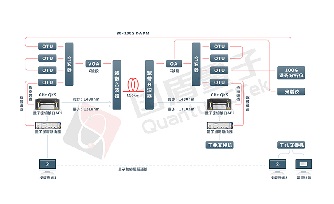 More
More
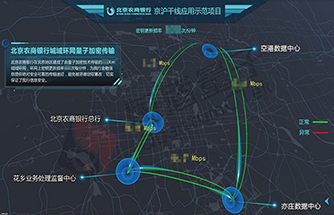 More
More
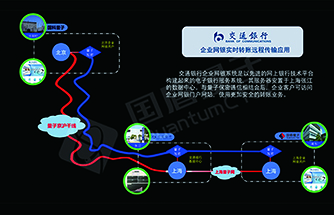 More
More
 More
More
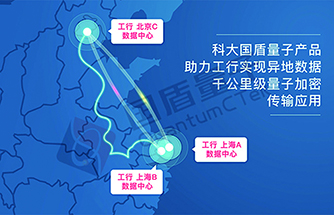 More
More
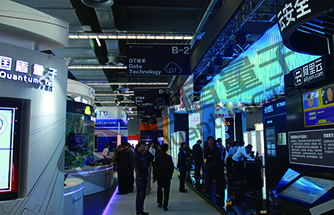 More
More
 More
More
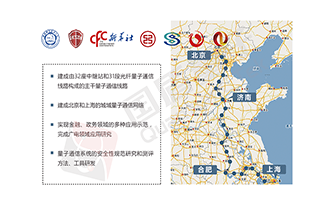 More
More
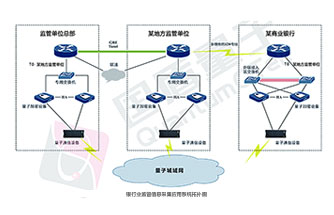 More
More
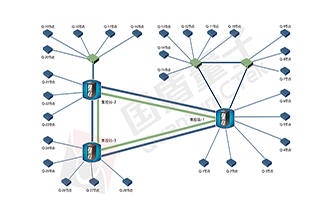 More
More
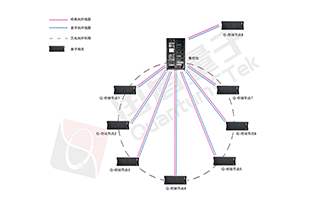 More
More
 More
More
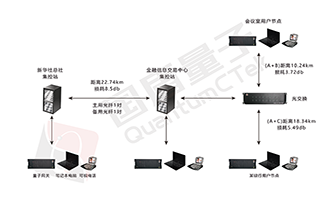 More
More
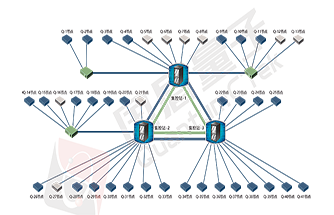 More
More

